Book Description
Niamh Whitfield is a leading authority on the metalwork of early Medieval Ireland and Scotland . Celtic metalwork of the seventh to twelfth centuries is extremely accomplished technically, and she has aimed at a thorough understanding of its manufacture. She has also been concerned to place Early Medieval Celtic design in its European context, and to analyse its relationship with Anglo-Saxon and continental work, as well as its debt to traditions which ultimately originated in the Classical world.
Dr Whitfield has written about subjects as diverse as the origins of the gold used in early Medieval Ireland and Scotland , the development of animal ornament and geometrical principles of design. Her archival studies have succeeded in identifying the find-spot of the celebrated ‘ Tara ’ brooch and in documenting panels of ornament which are now missing. In addition, she has explored early Irish texts for attitudes to jewellery and clothing, considered the brooch as an emblem of status, looked at how brooches were worn, and whether descriptions of clothing and accessories in an early Irish saga provide an accurate description of contemporary finery.
Contents
- Preface
- Gold sources and workshop technology
- Some new research on gold and gold filigree from early Medieval Ireland and Scotland
- Round wire in the early Middle Ages
- The manufacture of ancient beaded wire: experiments and observations
- Origins and Development of Insular Filigree and Animal Ornament
- Motifs and techniques of Celtic filigree: are they original?
- Motifs and techniques in Early Medieval Celtic filigree: their ultimate origins
- Formal conventions in the depiction of animals on Celtic metalwork
- Filigree animal ornament from Ireland and Scotland of the late seventh to ninth centuries: its origins and development
- A mount with Hiberno-Saxon chipcarved animal ornament from Rerrick, near Dundrennan, Kirkcudbright, Scotland
- The earliest filigree from Ireland
- The gold roundel from Knoxpark, Co. Sligo
- A gold finger-ring found near Tipperary, Ireland
- Brooches
- The finding of the Tara brooch
- The original appearance of the Tara brooch
- The ‘Tara’ brooch: an Irish emblem of status in its European context
- More thoughts on the wearing of brooches in Early Medieval Ireland
- Corinthian bronze on the ‘Tara’ brooch?
- ‘More like the work of fairies than of human beings’: the filigree on the ‘Tara’ brooch, a masterpiece of late Celtic metalwork
- The filigree of the Hunterston and ‘Tara’ brooches
- Hunterston/’Tara’ type brooches reconsidered
- The Waterford kite-brooch and its place in Irish metalwork
- A Viking-age brooch fragment from recent excavations at Temple Bar West, Dublin
- Iconography
- Brooch or Cross: The lozenge on the shoulder of the Book of Kells Virgin
- The iconography of the Ardagh chalice
- Regalia and early Irish literature
- Aristocratic display in Early Medieval Ireland in fiction and in fact: the dazzling white tunic and purple cloak
- Carmocol – an imitation gem
- Dragon-stones: the fabulous gems
- Findruine – tinned bronze?
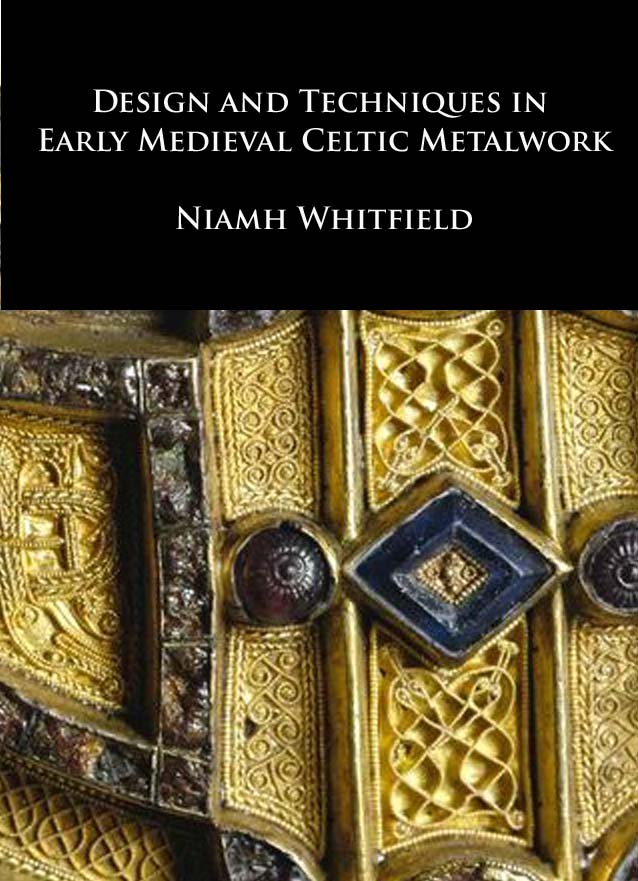
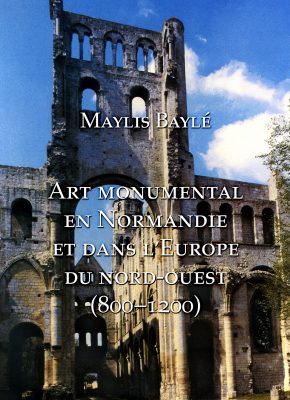
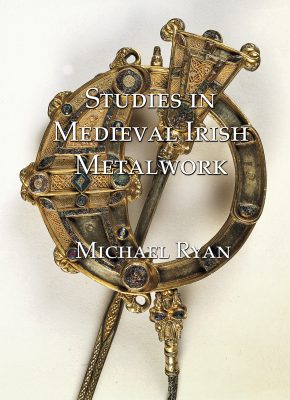
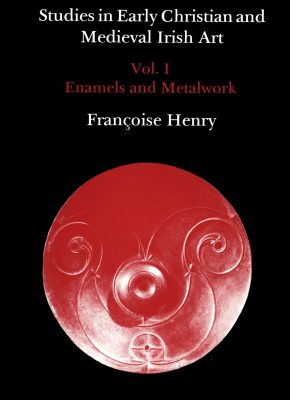
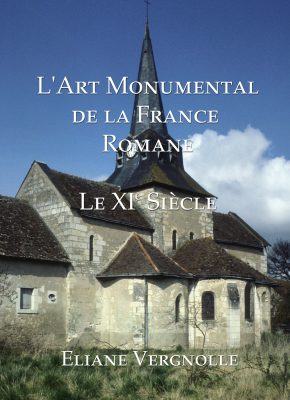
Reviews
There are no reviews yet.